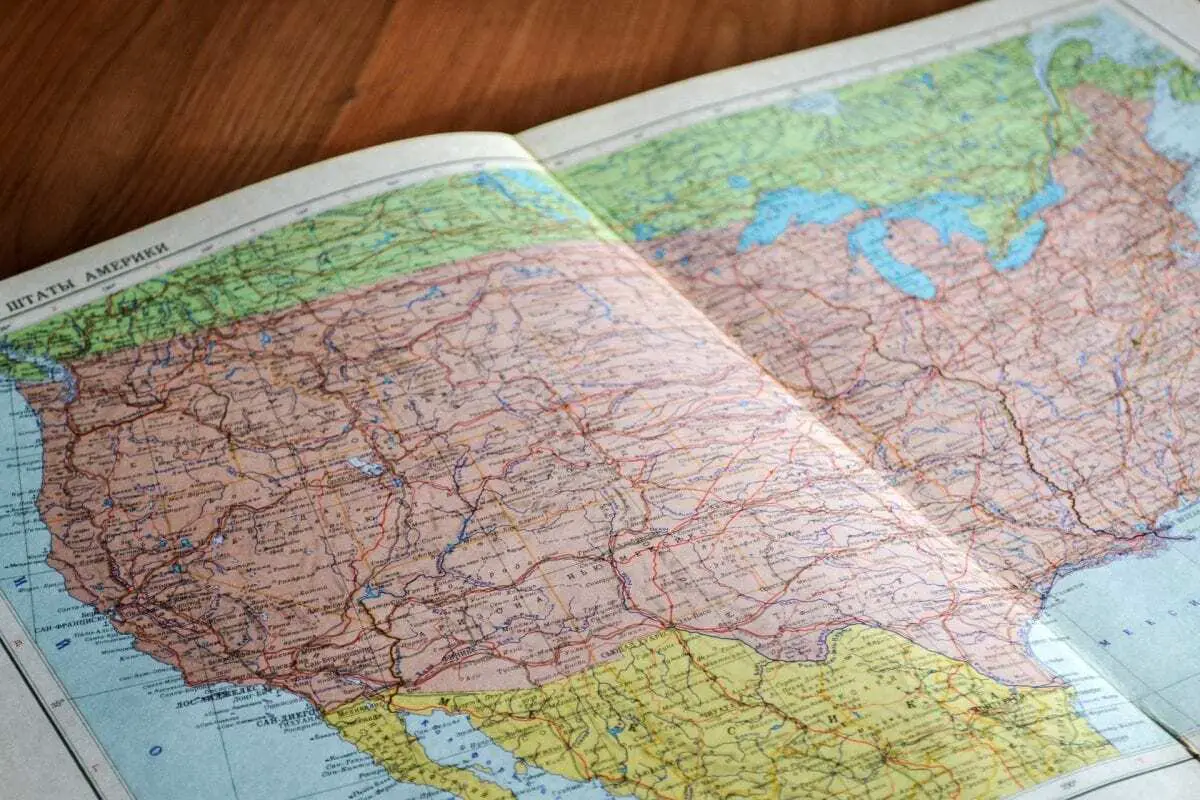Population groups in the Americas have less frequent exchanges than groups that fanned out over Europe and Asia.
Researchers at Brown University and Stanford University have pieced together ancient human migration in North and South America the authors find that technology spread more slowly in the Americas than in Eurasia.
PROVIDENCE, R.I. [Brown University] — How modern-day humans dispersed on the planet and the pace of civilization-changing technologies that accompanied their migrations are enduring mysteries. Scholars believe ancient peoples on Europe and Asia moved primarily along east-west routes, taking advantage of the relative sameness in climate, allowing technological advances to spread quickly. But what about in North and South America, with its long, north-south orientation and great variability in climate? How did people move and how quickly did societal innovations follow?
Using advanced genetic analysis techniques, evolutionary biologists at Brown University and Stanford University studied nearly 700 locations on human genomes drawn from more than five dozen populations. They say that technology spread more slowly in the Americas than in Eurasia and that the continents’ orientation seems to explain the difference. After humans arrived in the Americas 20,000 to 40,000 years ago, genetic data shows, the migrating populations didn’t interact as frequently as groups in Eurasia.
“If a lack of gene flow between populations is an indication of little cultural interaction,” the authors write in the American Journal of Physical Anthropology, “then a lower latitudinal rate of gene flow suggested for North American populations may partly explain the relatively slower diffusion of crops and technologies through the Americas when compared with the corresponding diffusion in Eurasia.”
“Our understanding of the peopling of the Americas will be refined by archaeological data and additional genetic samples,” added Sohini Ramachandran, assistant professor of biology in the Department of Ecology and Evolutionary Biology at Brown and the paper’s lead author. “But this is the signature of migration we see from genetic data.”
To tease out the migration patterns, Ramachandran and fellow researcher Noah Rosenberg from Stanford gathered genetic markers for 68 indigenous populations from 678 genetic markers in Eurasia and the Americas. The goal was to study the distribution of genetic variation among populations. The similarity or difference in genetic makeup among populations gave the scientists insights about migrations long ago.
To illustrate, when one population breaks off from its parent group, the individuals in the new population take their genomes and any distinct genetic mutations with them. From there, the new population may remain independent of the parent group because of distance or other factors, and over time its genetic makeup diverges from the parent. However, if the new population reunites regularly with its parent population — known as “back migration” — the genetic makeup of the two populations remains relatively close.
“When populations do not share migrants with each other very often,” Rosenberg explained, “their patterns of genetic variation diverge.”
Armed with the genetic background of cultures spanning the Americas and Eurasia, the researchers could test whether the east-west orientation of Eurasia supported a rapid spread of agriculture and other societal innovations, while the dissemination of those advances was slower in the Americas due to the north-south orientation. They found that to be the case: The populations in North and South America are, for the most part, more different from each other than the populations in Eurasia. The reason has to do with the differing climates that migrating peoples in the Americas found when they moved north to south.
“It’s harder to traverse those distances based on climate than it was in Eurasia,” Ramachandran said. “We find greater genetic differences (in the Americas’ populations) because of the difficulty in migration and the increased challenge of reuniting with neighboring populations.”
“Our result that genetic differentiation increases more with latitudinal distance between Native American populations than with longitudinal distance between Eurasian populations supports the hypothesis of a primary influence for continental axes of orientation on the diffusion of technology in Eurasia and the Americas,” the authors write.
The National Institutes of Health, the Burroughs Wellcome Fund and the William F. Milton Fund supported the research.





